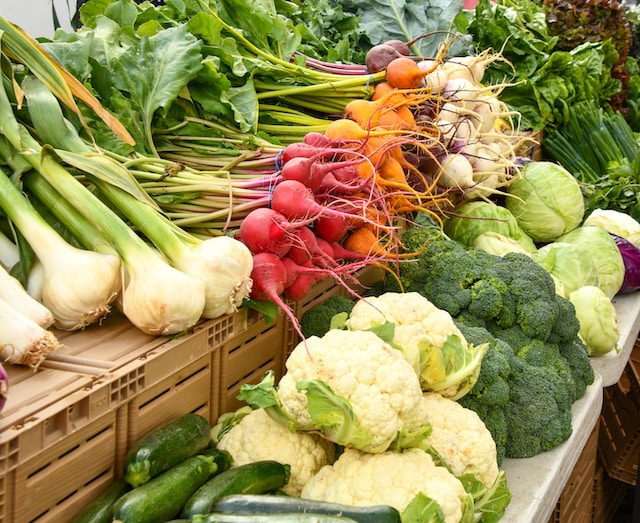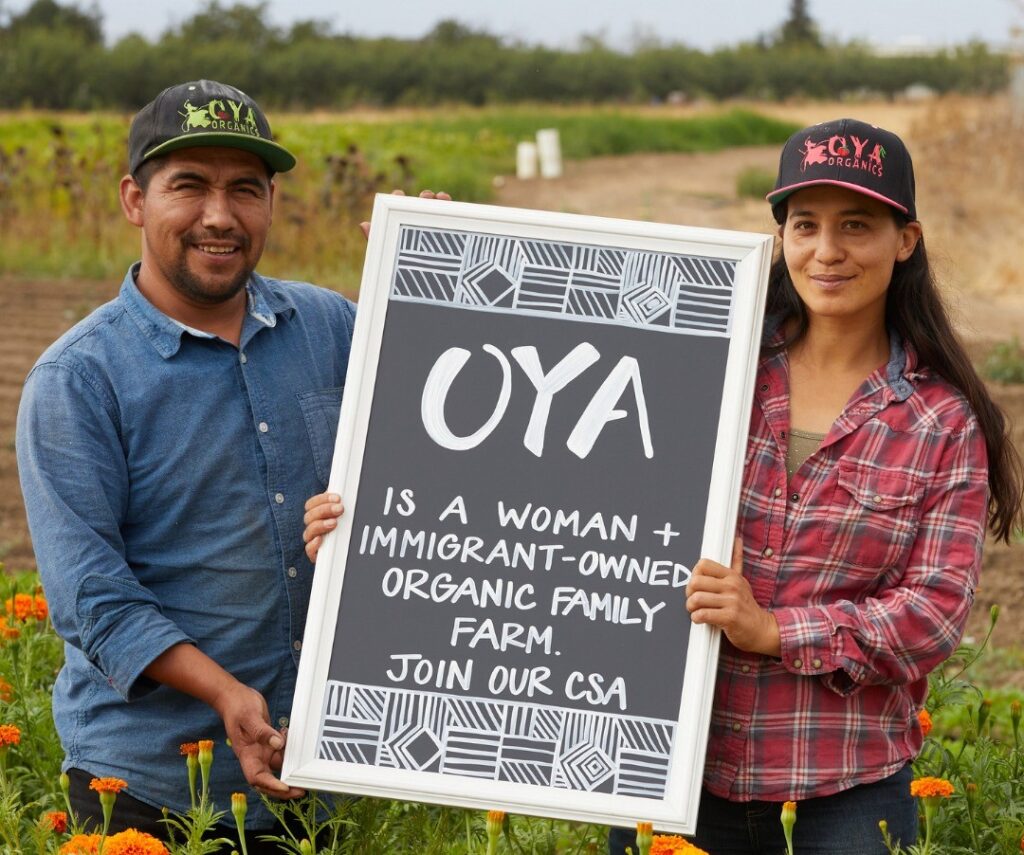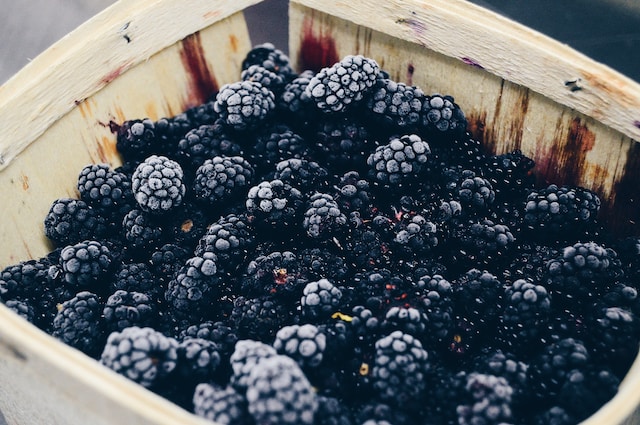At Airmart, we’re shortening the produce journey from farm to table by giving farmers the tools they need to sell directly to customers. Learn how to sell produce locally in California with these guidelines.

Selling produce legally
In California, you do not need a permit to sell the produce that you personally grow at home or on a farm.
Farms of all sizes sell produce on Airmart:
- Oya Organics
- Catalan Family Farms
- Sweet Girl Farms
- Baby Chavs
- 180 Fruit Stand
- Narci Organics
Set up your own Airmart shop to start selling produce directly to local customers.
How to sell produce to grocery stores
You can sell your produce to grocery stores or restaurants without any permits. Some buyers may ask you to show proof of completion for a food safety training course like this one.
How to sell produce wholesale
If you plan to sell produce wholesale, you will need a business license. Licensing requirements vary from city to city.
You can sell produce wholesale through Airmart’s reseller network.
How to sell produce at farmer’s markets
All farmer’s market vendors need a Certified Producer Certificate. You can apply for this certificate through this portal.
How to start a CSA

Starting a CSA is a great way to ensure everything you harvest will be sold. All community-supported agriculture programs (CSAs) must register with the CDFA and pay an annual fee. To apply for registration, fill out this form.
Airmart’s CSA feature is an affordable option for farmers who want to offer online CSA subscriptions to their customers.
Produce certifications
There are a number of certifications you can get for your produce to help it stand out.
- Organic: To have certified organic produce, you must be registered with the CDFA’s Organic Program. You may grow ‘organic’ produce, but without the registration, you cannot use the organic label.
- Certified Naturally Grown: This is a peer-review certification for farms that do not use chemicals or GMOs. It is not affiliated with the USDA.
- Non-GMO Project Verified: The non-GMO certification is given by a nonprofit that is not affiliated with the USDA.
Selling Locally Grown Produce – Agriculture Ombudsperson (ucanr.edu)
Pricing produce
Produce prices depend on seasonality, availability, and certifications. You can also factor in labor and production costs when pricing your produce. Keep in mind that you will likely sell produce to grocery stores and wholesalers at a discounted rate.
Bay Area produce delivery
Airmart’s Bay Area delivery service can deliver your fresh produce to customers, grocery stores, and restaurants. Our delivery drivers are trained in food safety and ready to handle delicate, temperature-sensitive items like fruits and vegetables.
Shipping produce

Produce must be shipped with care. Temperature control and moisture prevention are essential when shipping produce. You’ll want to ship your produce in thick foam containers surrounded by cooling packs and lots of padding in a corrugated, cardboard box.
Be sure to mark each box with “Perishable – Keep Refrigerated,” “Fragile,” and “Food Contents.” You will also need to write a description of the box contents on the shipping label.
Airmart’s shipping integration will give you affordable rates for fast shipping.
Check out Shipping School for an in-depth produce shipping guide.